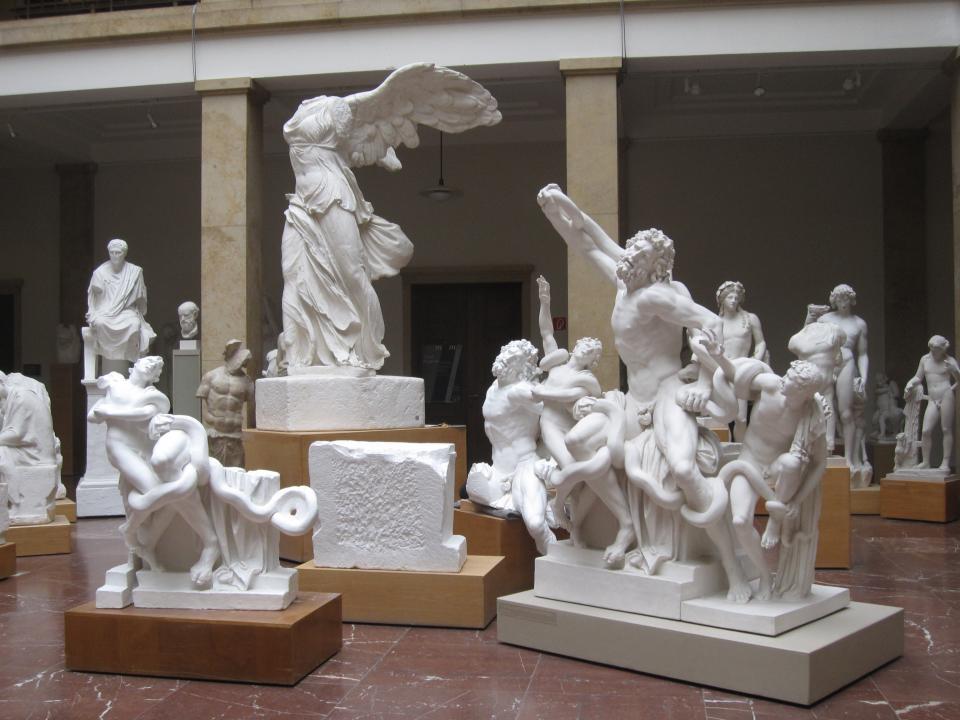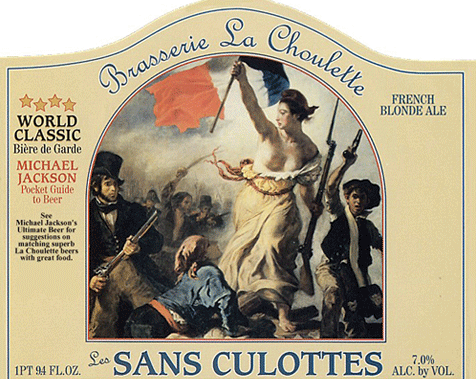About the Artist
Eugène Delacroix
Born: Charenton-Saint-Maurice, 26 April 1798
Died: Paris, 13 August 1863
Nationality: French
Collection
Musée du Louvre, Pari
This painting has an interesting early history. The French government bought it in 1831 and hung it in the Luxembourg Museum, but in 1839 it was returned to Delacroix, a reflection of the inappropriateness of exhibiting a painting with a revolutionary theme during Louis-Philippe’s increasingly repressive regime. Following the revolution of 1848, Liberty returned to the Luxembourg Museum (1849) and was moved to the Louvre in 1874.
Documentation
Lee Johnson summarizes the critical reaction when Liberty Leading the People was exhibited at the 1831 Salon:
“The reaction of the general public to the Liberty at the Salon of 1831 is not well documented. [Heinrich] Heine records...that he always saw a throng of visitors in front of it and therefore concluded that it was one of the paintings which attracted the most attention. [Gustave] Planche...on the other hand, got the impression it was not enjoying the public success he thought it deserved. The picture was received with mixed feelings by the professional critics, who...divided roughly into those who judged the realism ignoble, the coloring drab or distastefully livid and the allegorical Liberty a contradiction within itself or within the context of the whole (e.g. Auguste Jal, Louis Peisse, Ambroise Tardieu); and those who by contrast admired the combination of truth to nature and artistic licence, and recognized that the subject demanded a wide use of earthy colors (Planche, Victor Schoelcher, Charles Lernormant). [Théophile] Thoré, a few years after the Salon, resolves most concisely the argument about anomalies in the central figure…’Is it a young woman of the people? Is it the genius of liberty? It’s both; it is, if you’d like, liberty incarnated in a young woman. True allegory should have a character that is simultaneously alive and symbolic…Here again, M. Delacroix is the first to have utilized a new allegorical language.’”
Lee Johnson, The Paintings of Eugène Delacroix. A Critical Catalogue. 1816-1831, vol. 1 (Oxford: Oxford University Press, 1981), 149.
Alan Spitzer comments on patriotic interpretations of Liberty Leading the People :
“Delacroix’s apotheosis of the Revolution of 1830…was, in a way, the apotheosis of his generation. That is the way it is seen by René Huyghe: ‘From time to time a work of art contrives to bring together and express all the ideas that mean most to the spirit of a particular time and give it its meaning. This is certainly the case with Delacroix’s Liberty Leading the People, in which the clamor of a generation on the march becomes a joyous and unanimous hymn.’…
When, however the search for unanimity is focused on the lists of killed and wounded on the revolutionary side of the barricade, it does not reveal an ‘entire people,’ but the worker-artisans who comprised, mutatis mutandis, the Paris insurrectionary crowds from 1789 to 1871. It is difficult to find that figure in the top hat, or the student from the Ecole polytechnique, or even the pistol-packing gamin, forerunner of [Victor] Hugo’s Gavroche, on the lists of those who actually did the fighting. Even so, the painting was soon perceived as a disproportionate celebration of the unwashed masses by those who would reap the political fruits of the ‘three glorious days’ of July….
The ambiguity of Liberty Leading the People, dated 28 July when the issue of the battle was still in doubt, might also be read as representing the political indeterminacy of the event. Delacroix portrays the last moment before the solidarity of his generation fractured along political lines. Those who contrived the invention of King Louis-Philippe…would find the fulfillment of their ambitions and their spiritual home in the July Monarchy…They confronted across a new barricade their coevals…and the republicans pur et dur [hard core], determined, as [Godefroy] Cavignac put it, that things would be different later on.”
Alan B. Spitzer, “Delacroix in His Generation,” in Beth S. Wright, ed., The Cambridge Companion to Delacroix (Cambridge, UK-New York: Cambridge University Press, 2001), 13.
Web Resources
smarthistory: Delacroix, Liberty Leading the People

